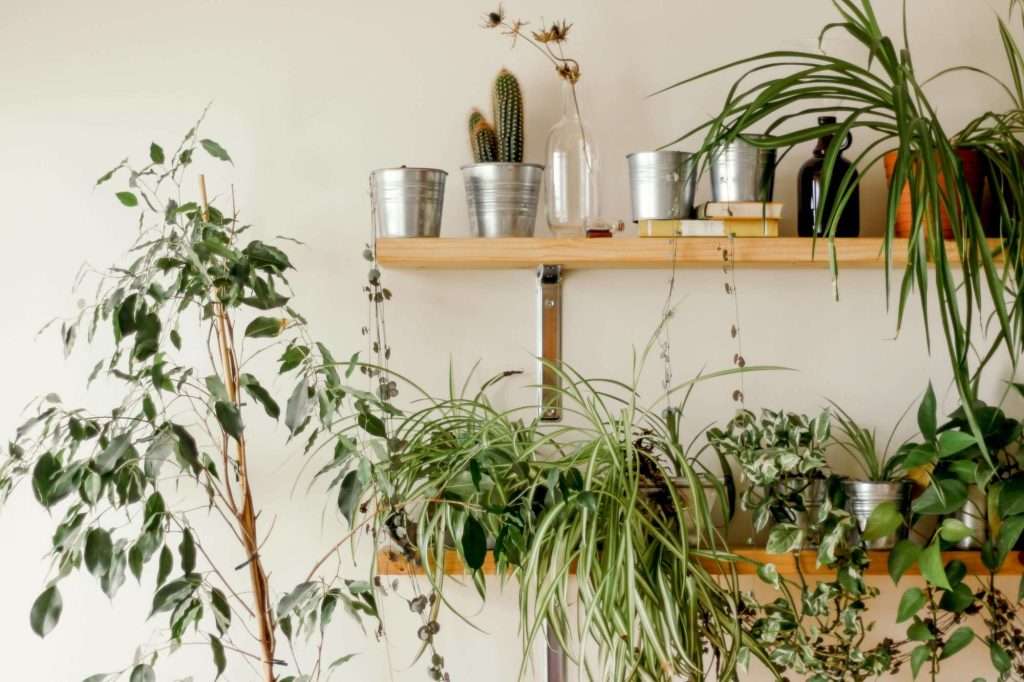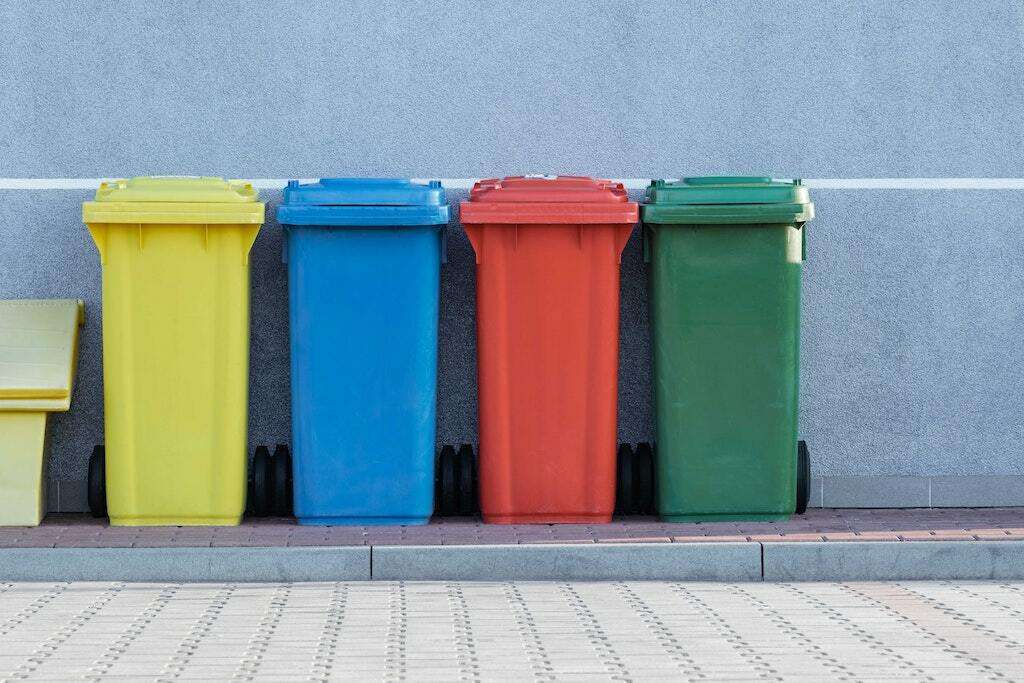Turns out how to declutter your home responsibly is a lesson in how to be more sustainable all around. And this checklist will help.
Let’s be real. The easiest way to deal with your clutter is to chuck it in the trash and move on with your junk-free life. However, this only makes more clutter for the planet. It is not the most sustainable decision, even if it brings peace of mind at home. When it comes to sorting through unwanted possessions in your home, there are a few different measures you can take that are more eco-friendly. Most important: declutter your declutter process with a simple checklist. Every item should fall into a category: keep, repurpose, donate, sell, or recycle.
How to declutter your home checklist
First and foremost, do you need to learn how to declutter or how to organize? It’s easy to see items that don’t have a home within your home as clutter or junk when the reality may be that you just haven’t spent the time to designate a space for these things. This is a very Konmari method of organization—find a home for everything in your home. But it works!

1. Go room by room
The most challenging part of decluttering can be the process. A scattered approach leads to scattered piles throughout the house. It’s not good. Make a game plan. Which room is most in need of a refresh? Start there. This could mean one room a week or month or even longer — and it gives you time to spend time really figuring out what makes the most sense to part with. Some rooms will require more or less of your time so it’s often helpful to alternate heavy and light rooms. Maybe start with the cluttered kids room and move onto the less-cluttered dining room, then back to a cluttered office, etc.
2. Assign your piles!
One of the most effective ways to manage a decluttering system is to assign a destiny to every item you’re sorting through: typically that’s a system of keep, repurpose, donate, sell, or recycle. But for a deeper declutter, you may turn the keep and repurpose pile into keep as-is, repurpose with an idea (and maybe write that down!), repurpose potential, or store it for later. It may also help to sort your sell piles by platform, and sort your hard-to-recycle items by category.

3. Find ways to repurpose items
Some items may no longer be fit for their original intended use, but there may be ways to repurpose them in your home. Old t-shirts and plastic bottles could be turned into DIY items or cleaning rags while old wooden tables and cupboards may be possible to break down and turn into shelves.
But be judicious in this process. Don’t keep a broken old television just because you can use it to prop open a door or window. Repurpose items where you can create real value and decrease the need to buy new items. Look at ways to use old electronics as art or planters. Can you turn a piece of furniture into a shelf or find another use for it?

4. Donating items
Donating should be on every decluttering checklist. Certain items may not be valuable enough to make selling them worthwhile. But that doesn’t mean they should go to the landfill, either.
In fact, they could still be in good enough condition to donate. When you’re looking for easy ways to declutter, a donation site should be at the top of the list.
Donating items extends their life and reduces waste. You could donate items to friends or family who need them, or you could donate to charities or different drives to help those in need of household items.

5. Sell items locally
Selling items to people who want them could be a way of extending their life, instead of letting them end up in a landfill site prematurely. It’s also a great way of making some extra money.
When it comes to choosing eco-friendly places to sell your clutter, try to stick to local places such as local secondhand shops, local flea markets, or local selling sites.
Delivering items over long distances creates lots of emissions and is not the best way to deal with your clutter. But there are some resellers that offset shipping emissions if that’s the best option for your declutter plan.

5. Use recycling services
You may be able to take items cluttering up your space to local recycling centers. This increases the chance that they will go to recycling plants and be turned into new products rather than being sent to a landfill site.
There may also be services you can pay to provide skips for items that you want to recycle. These services can then take away the items and recycle them for you. In some cases, you may even be able to get paid for recycling items.
There are many people out there willing to buy electronics so that they can strip them for parts. Explore your options by looking into local services online. Platforms like Declutter will take your old smartphones and other devices, and your municipality services may have links to battery or appliance recycling as well.
7. Keep it for later
If you’re in a rush to clear a space, it can be tempting to just throw it all out in a skip. But if your clutter is still in good condition and of use to someone — including yourself — you shouldn’t be throwing it away. Putting items into an organized storage system allows you to sort through them at a later date or save them for a bigger home if you’re in transition. Whether in a garage, basement, or storage unit, wherever you’re sending your items, be sure to clearly sort and label your items so that you don’t create another declutter mess when you are ready to sort through those items.
Related on Ethos:


